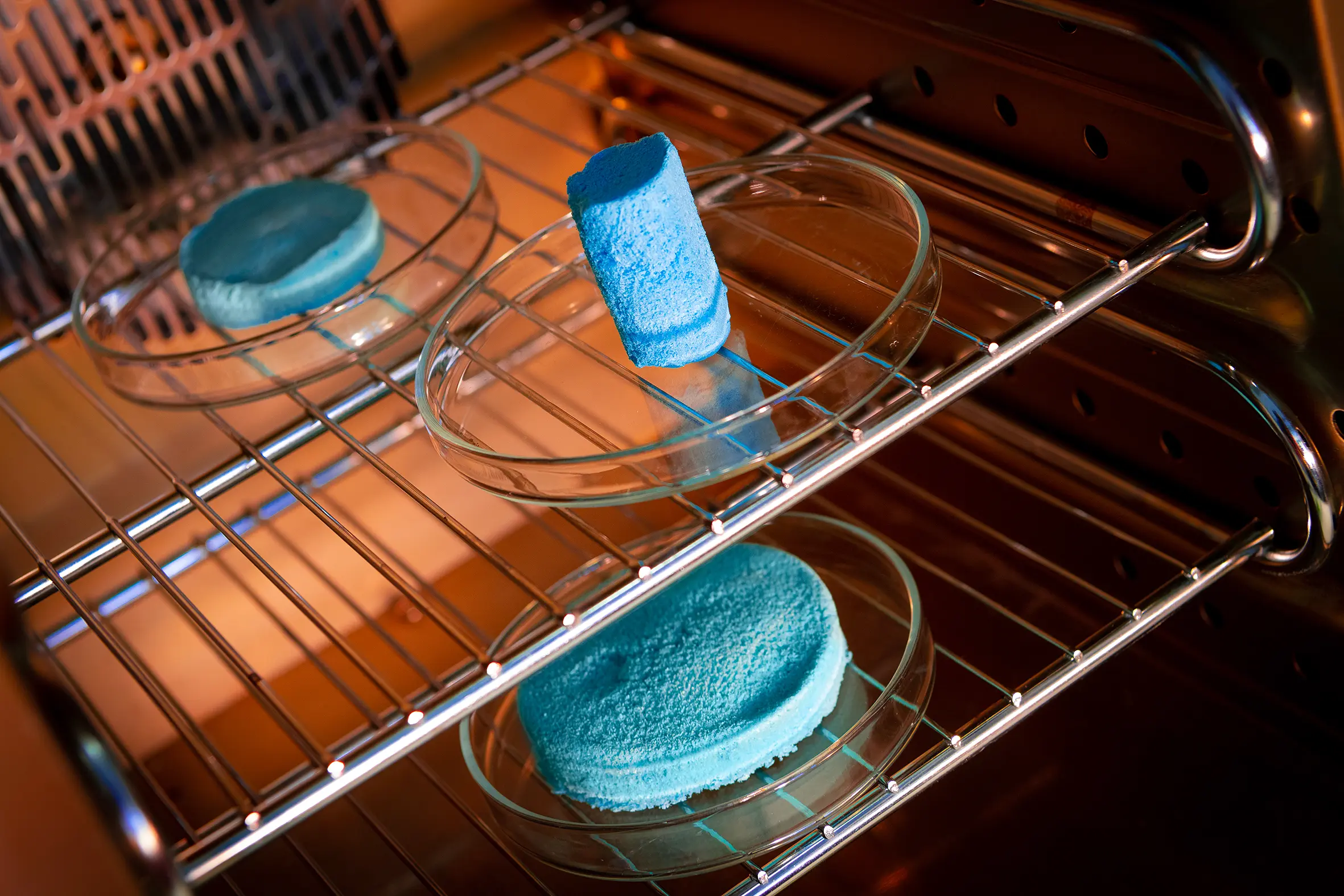The development of oyster-like nanofibre filtration against microplastics
A research team led by chemist Christian Adlhart has produced a 3D nanofibre sponge that can filter microplastics from the water. The researchers drew their inspiration from oysters, which make an important contribution to cleansing the oceans as natural filters.

The handling of plastic waste presents a growing challenge in the fight against human-generated environmental pollution. According to a study by the magazine “Science”, between 4.8 and 12.7 million tonnes of plastic waste from 192 coastal countries ended up in the oceans in 2010 alone. Among this waste, plastic particles smaller than 5 millimetres are defined as microplastics.
3D nanofibre sponges are exceptionally well suited to act as filters for the smallest of particles. Thanks to a three-dimensional net made of wafer-thin fibres, these sponges have a high level of permeability and, at the same time, a huge surface to which particles can stick. Christian Adlhart's section of Functional Materials and Nanotechnology specialises in 3D nanofibre filtration and has already applied it in many ways, for example to filter aerosols from the air or to separate water and oil.
For the first time, the researchers have now developed a nanofibre filtration system that can filter microplastics from water. To achieve this, they have used an unusual material: the biomaterial chitosan, which originates from the shells of crustaceans. “Most of the filters that are currently used consist of plastic materials and thus produce new microplastics. With chitosan, we use a biodegradable side-stream from the food industry,” explains Adlhart.
The innovative nanofibre sponge is deployed in an oyster-like filtration system. Oysters nourish themselves through filtration. Their potential to improve water quality has already been impressively demonstrated through artificial oyster reefs such as the “Billion Oyster Project” near New York City. Oysters clean the ocean water by constricting themselves and then stretching out again, pumping water through their digestive muscles in the process. The oyster-like nanofibre sponge also filters the water through regular pumping movements.
The filter could be used in washing machines, for instance. A very large volume of microplastics originates from the washing of clothing that contains synthetic fibres, meaning this technology could make a real difference here. In this study, it was revealed that classical filtration with chitosan nanofibre sponges reduces the concentration of microplastics by over 99 percent.
The research project was carried out as part of the BioMat topic funding of the School of Life Sciences and Facility Management.
Publication "A Chitosan Nanofiber Sponge for Oyster-Inspired Filtration of Microplastics"